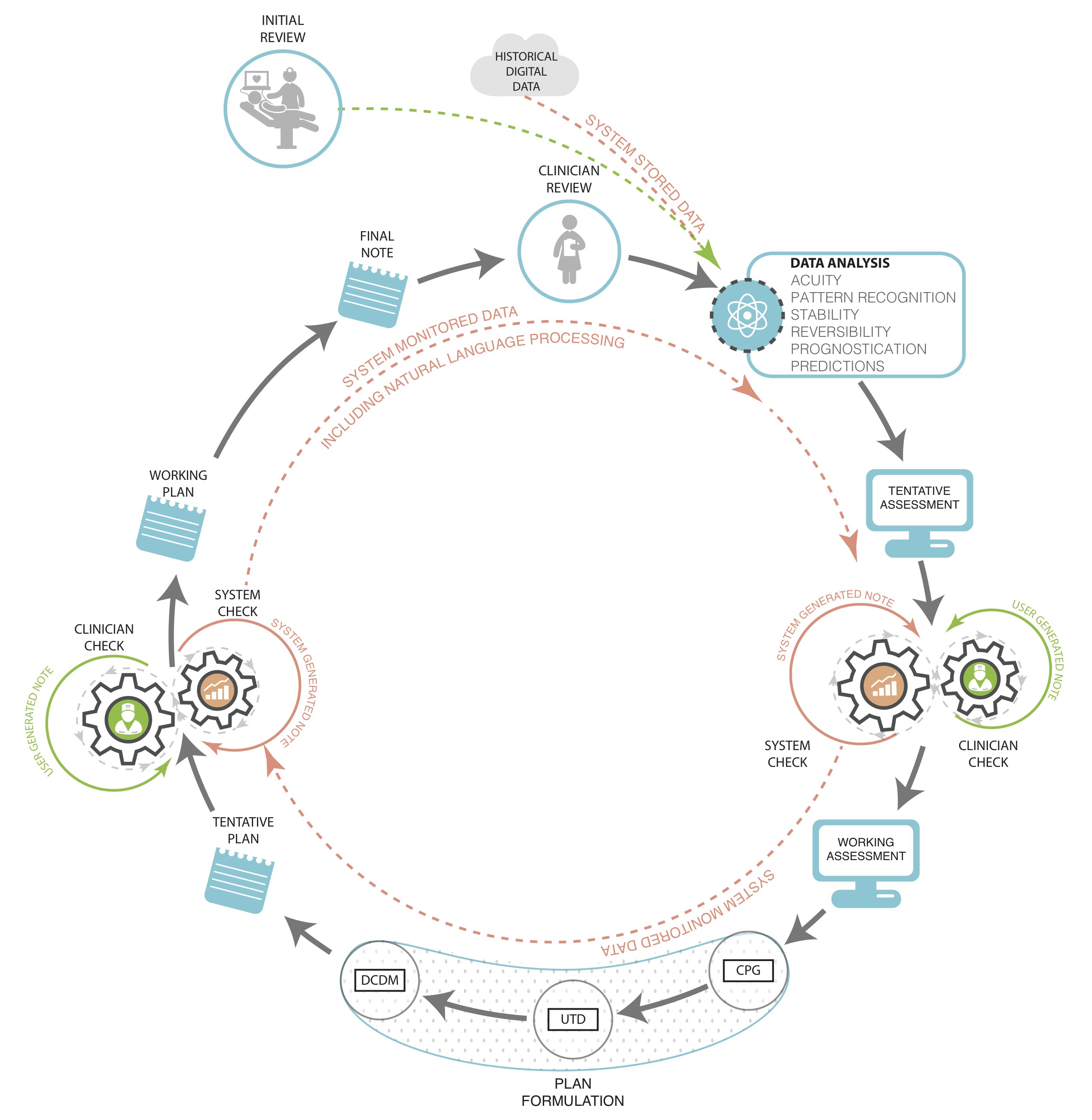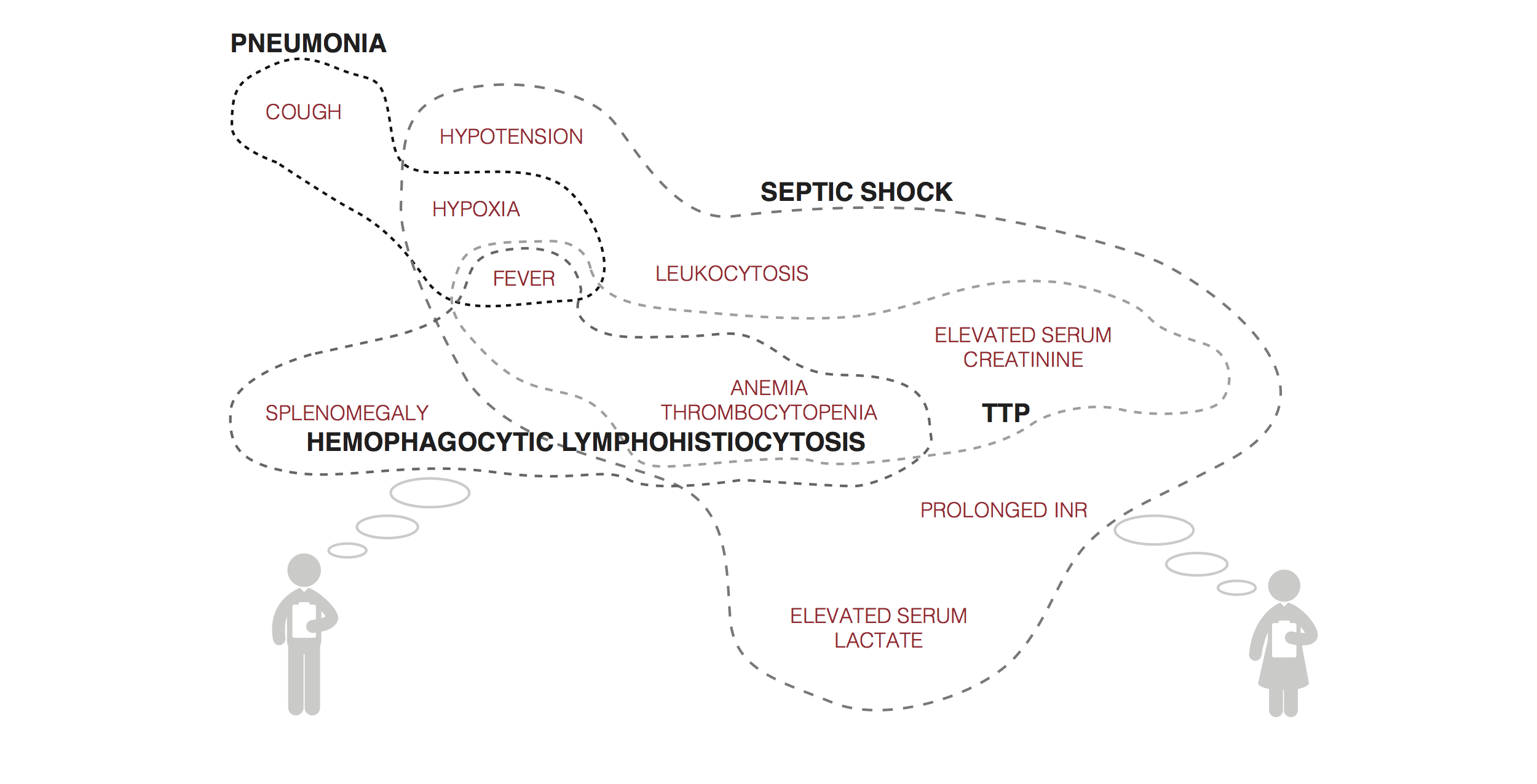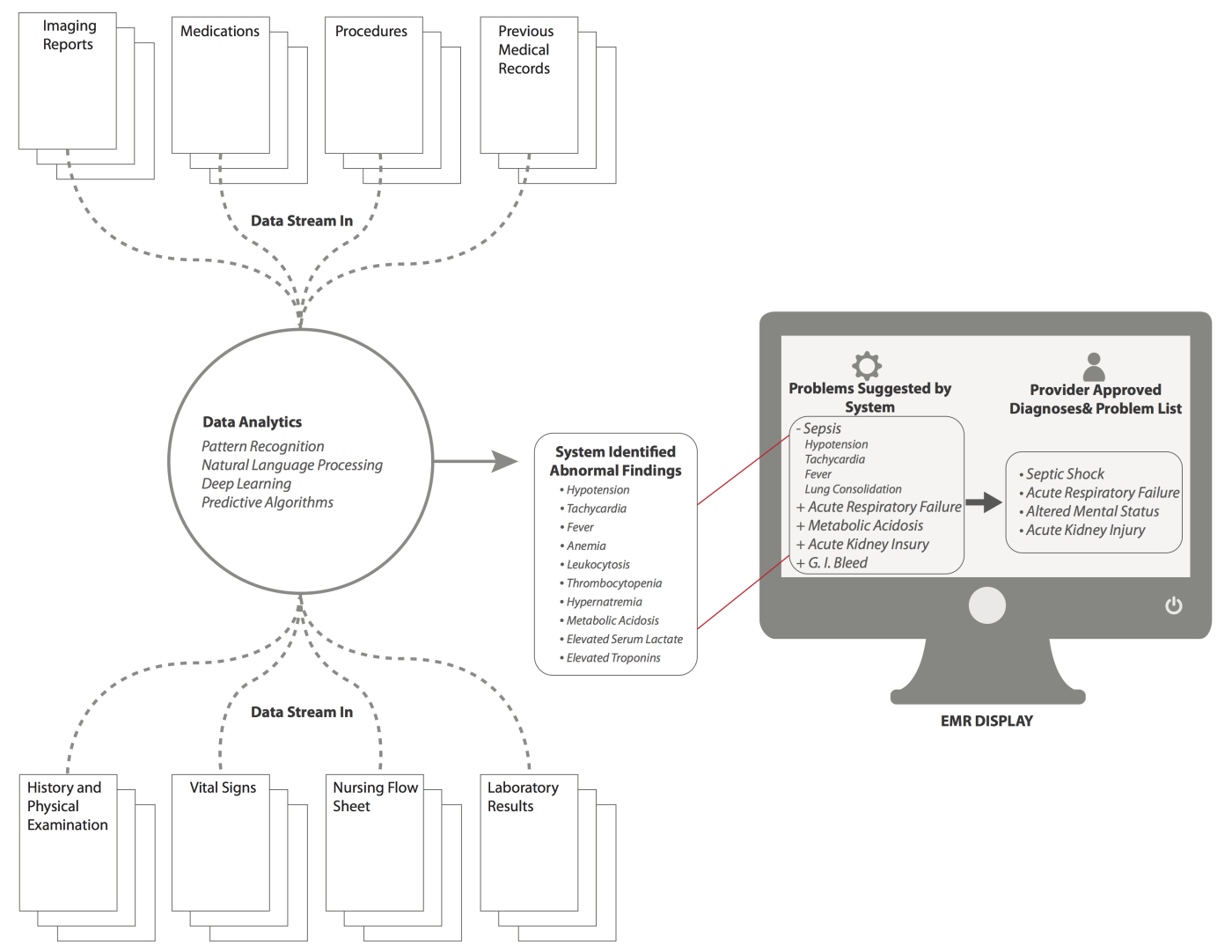Disrupting Electronic Health Records Systems: The Next Generation
Full research is published in JMIR Medical Informatics as Disrupting Electronic Health Records Systems: The Next Generation. For citation: Celi LA, Marshall JD, Lai Y, Stone DJ. Disrupting Electronic Health Records Systems: The Next Generation. JMIR Med Inform 2015;3(4):e34.
The health care system suffers from both inefficient and ineffective use of data. Data are suboptimally displayed to users, undernetworked, underutilized, and wasted. Errors, inefficiencies, and increased costs occur on the basis of unavailable data in a system that does not coordinate the exchange of information, or adequately support its use. Clinicians’ schedules are stretched to the limit and yet the system in which they work exerts little effort to streamline and support carefully engineered care processes. Information for decision-making is difficult to access in the context of hurried real-time workflows. This paper explores and addresses these issues to formulate an improved design for clinical workflow, information exchange, and decision making based on the use of electronic health records.

Clinician documentation with fully integrated data systems support. Prior notes and data are input for the following note and decisions. Machine analyzes input and displays suggested diagnoses and problem list, and test and treatment recommendations based on various levels of evidence: CPG – clinical practice guidelines, UTD – Up to Date®, DCDM – Dynamic Clinical Data Mining.

Mock visualization of symptoms, signs, laboratory results, and other data input and systems suggestion for differential diagnoses.

Mock screenshot for the "Assessment and Plan" screen with background data analytics. Based on background analytics that are being run by the system at all times, a series of "problems" are identified and suggested by the system, which are then displayed in the EMR in the box on the left. The clinician can then select problems that are suggested, or input new problems that are then displayed in the the box on the right of the EMR screen, and will now be apart of ongoing analytics for future assessment.